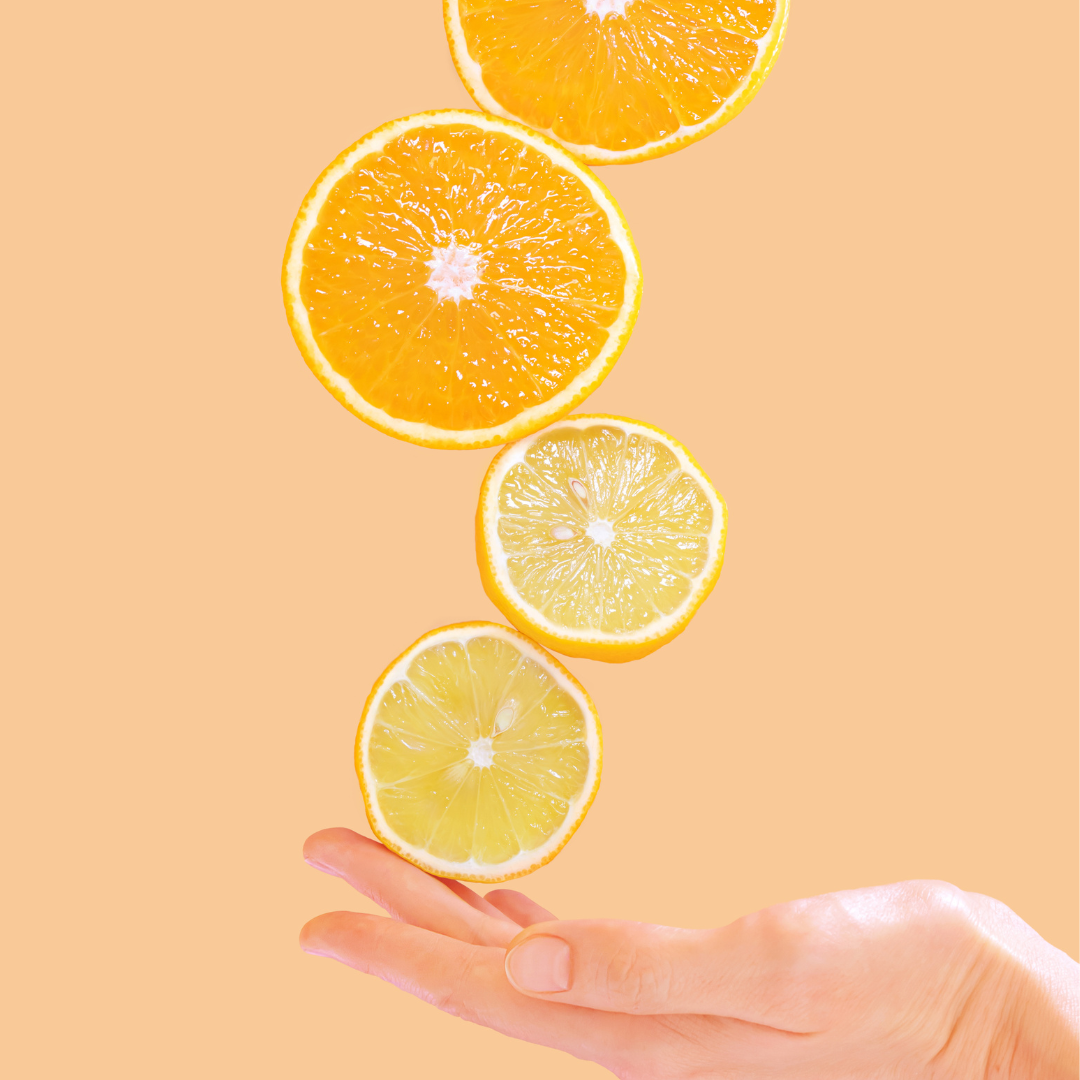Chasteberry, scientifically known as Vitex agnus-castus, is a traditional plant that has been used for centuries to promote hormonal balance and general well-being. Also known as agnus castus or chaste mud, chaste tree has gained popularity in recent years as more people look for natural alternatives to support their health. In this post, we'll take a deeper look at chasteberry and its potential effects on the body.
- History and Origin Chasteberry is a plant originally native to the Mediterranean region and parts of Asia. It was already used in ancient Greece and Rome to support female health. The plant owes its name to the monks who ate it in the Middle Ages to supposedly curb their sexual desires, which gave it the German name “monk pepper”.
- Effect on hormone regulation The effect of chasteberry is mainly based on its ability to influence the body's hormonal system. The plant contains compounds known as agnusides and flavonoids, which affect the activity of the hypothalamus and pituitary gland in the brain. These glands play a key role in controlling hormone production, particularly the hormones progesterone and prolactin. Chasteberry can help promote a balanced hormonal balance, which is particularly important for women in different phases of life.
- Support for PMS Premenstrual syndrome (PMS) can be a challenging time for many women, accompanied by mood swings, pain, water retention and other symptoms. Studies have shown that chasteberry may be effective in relieving PMS symptoms. Through its regulating effect on progesterone, it can improve hormonal balance and reduce the intensity of symptoms.
- Help with Menstrual Cramps Chasteberry may also be helpful in treating menstrual problems such as irregular cycles, pain, and heavy bleeding. Chasteberry's ability to promote the production of progesterone and balance estrogen levels can help regulate the menstrual cycle and ease discomfort.
- Support for infertility Since chasteberry promotes hormonal balance and can regulate ovulation, it is also used to treat infertility. It is believed that improving ovulation and the uterine lining can increase fertility. However, it is important to note that infertility can have many causes, and chasteberry may not be suitable for all cases.
- Uses and Side Effects Chasteberry is available in various forms, including herbal tea, capsules, tincture, or dry extract. However, the exact dosage and application should be discussed with a doctor as the effects may vary depending on individual needs and health status. Side effects are generally rare but may include upset stomach or skin rashes. Pregnant and breastfeeding women should avoid chasteberry.
Conclusion Chasteberry is a fascinating medicinal plant that has a long history of use to support female health. Its ability to act on the hormonal system and promote hormonal balance makes it a promising natural option for women experiencing PMS, menstrual cramps, infertility or hormonal imbalances. However, it is important to always seek the advice of a specialist before using chasteberry or other dietary supplements to ensure that it is suitable for your individual needs and health condition. However, holistic approaches such as monk's pepper can make a valuable contribution to improving well-being and increasing quality of life.





